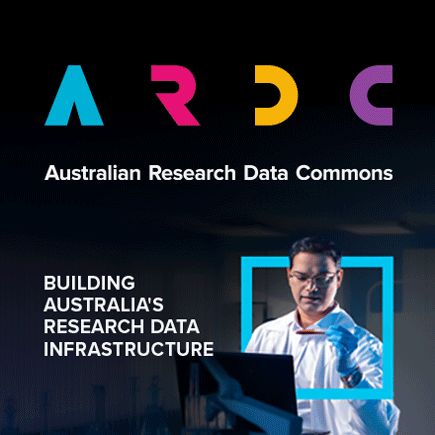Full description
Phase contrast imaging modalities provide a high-contrast, high resolution method for non-invasive medical imaging. This research collection stores data from small animal pre-clinical x-ray imaging studies, primarily of the lungs and brain. The research team of physiologists, physicists and engineers have been pioneering research into respiratory development at birth, and have strong international collaborations with medical doctors and clinical scientists. The group’s research expertise has a strong focus on lung function and improving diagnostic methods for lung diseases, with the goal of improving respiratory management of neonates. The x-ray data comes mainly from synchrotron facilities including Japan’s SPring-8 synchrotron and the Australian Synchrotron’s Imaging and Medical Beam Line (IMBL) as well as some laboratory-based x-ray sources.Significance statement
The Biomedical Applications of Phase Contrast X-ray Imaging data collection is of great significance on a national and international scale. This data is pivotal to the development of respiratory health research. Some of the discoveries made in neonatal medicine using phase contrast imaging have necessitated the re-writing of text books and changed clinical practise. The image sequences of lung ventilation at birth using a rabbit model are currently used as a resource to train neonatal care-givers around the world to give safe ventilation/resuscitation strategies for newborns. These videos have been showcased on web-based training programs, including the Victorian Newborn Resuscitation Project (Neoresus; http://www.neoresus.org.au/pages/LM1-7-Breathing.php) and the Swedish neonatal resuscitation-training program (http://www.neohlrutbildning.se/education.php?id=88). Furthermore, the published recommendations for safe neonatal resuscitation have been referenced in the 2010 International Consensus on Cardiopulmonary Resuscitation and Emergency Cardiovascular Care Science with Treatment Recommendations. The image data is unique and extremely valuable to the advancement of respiratory health research. It has been acquired from a variety of facilities, particularly Japan’s SPring-8 synchrotron, but also from the Australian Synchrotron Imaging and Medical Beam Line (IMBL). The in-kind support generously provided by these facilities to date is estimated to be in excess of $2,350,000. It would be enormously expensive to recreate such a comprehensive data collection, given its importance to public health. The value of this research collection is also reflected in the level of support provided by national and international funding bodies. The research team’s unique expertise has been recognised with the award of several ARC project grants, NHMRC project and program grants, American Asthma Foundation grant and a NIH R01 project funding within the last five years, along with computational time on MASSIVE.Created: 2014
Data time period: 2009 to 2013
Spatial Coverage And Location
iso3166: AU
Subjects
Biological Physics |
Cardiorespiratory Medicine and Haematology |
HIS (Hamamatsu proprietary file format) |
Lung function |
Medical and Health Sciences |
Medical Physics |
Neonatal respiratory function |
Other Physical Sciences |
PCORAW (Camware proprietary file format) |
Physical Sciences |
Phase contrast imaging |
Respiratory Diseases |
Respiratory development |
Respiratory health |
Synchrotrons; Accelerators; Instruments and Techniques |
User Contributed Tags
Login to tag this record with meaningful keywords to make it easier to discover
Identifiers
- Handle : 1959.1/1135103



